Investors that want reliable income and ongoing dividend increases to offset inflation may be very interested in the Dividend Aristocrats. That group of stocks has raised their dividend for at least 25 years in a row. That means that investors have received dividend payout increases during all kinds of market and macro environments, including during crises like the Great Recession and the COVID-19 pandemic. Not all Dividend Aristocrats offer high dividend yields, however. Some companies provide small yields, whereas others offer hefty payouts. In this article, we’ll look at the three highest yielding Dividend Aristocrats that investors following a dividend growth strategy can choose from right now.
Affiliate
If you are interested in investing in stocks that pay dividends I recommend signing up for the Sure Dividend Newsletter* . It is a good value and one of the best dividend stock newsletters available. There is a 7-day free trial and grace period so it is risk free. The service provides top 10 stock picks each month with discussion of advantages, valuation, and risks. I highly recommend them and use their insights for my own stock research.
3 Highest Yielding Dividend Aristocrats
1: International Business Machines
International Business Machines (IBM) is a tech company with a long history. One of the first major tech companies, it has changed its business model over time. Today, IBM mainly generates revenues via software offerings, consulting services, and infrastructure business, whereas consumer hardware is no longer a vital contributor to the company’s revenue and profit.
IBM isn’t the fastest-growing tech company in the world, far from it. But IBM generates sizeable cash flows from its business, which allows IBM to pay one of the highest dividends in the tech industry. On top of that, IBM has raised its dividend for more than two decades. So even during the dot.com bubble pop, IBM’s investors benefitted from rising dividends.
Today, according to Portfolio Insight* , IBM offers a dividend yield of ~4.8%. With a high dividend yield, not much share price appreciation is needed to make IBM a solid longer-term investment. Not surprisingly, IBM’s dividend payout ratio isn’t very low — after all, a dividend yield of 5% wouldn’t be possible with a low dividend payout ratio. But based on forecasted earnings-per-share for the current year, IBM’s dividend payout ratio in the high-60s isn’t dramatically high, either.

We believe there is a low risk that IBM will cut its dividend, as it seems quite sustainable at the current level. IBM will generate around $10 billion in free cash flow this year, which means that the cash payout ratio is around 60%. Again, that seems entirely sustainable, as IBM will have surplus free cash flows of approximately $4 billion after paying its dividend that can be used for other purposes, such as debt reduction or share buybacks.
IBM isn’t an expensive stock when trading at a multiple of 12X of this year’s forecasted free cash flow. But shares are trading closer to the 52-week high than the 52-week low, which means that a better time to buy might materialize in the future.
2: Walgreens Boots Alliance
Walgreens Boots Alliance (WBA) is a leading pharmacy retail company that operates around 9,000 stores in the U.S. and another 4,000 stores in international markets, such as Mexico and the U.K.
Walgreens has raised its dividend for 46 years in a row, giving it an exceptional dividend growth track record. The company’s dividend growth rate averaged 5% over the last five years, which isn’t outstanding but very solid. At current prices, Walgreens Boots Alliance offers a dividend yield of 5.0%. Thus, one could assume that Walgreens Boots Alliance will deliver total returns in the 10% range in the long run, as long as the company can maintain its dividend growth rate at the current level and before factoring in potential changes in its valuation.

Based on this year’s expected earnings-per-share, the dividend payout ratio is far from high, at around 40%. That means that there is a pretty slim risk that Walgreens Boots Alliance will cut its dividend in the foreseeable future. Moreover, the fact that the company was able to keep its dividend growing through all types of crises in the past further underlines the low dividend cut risk.
Pharmacy sales also aren’t very dependent on economic growth, as consumers need medicine in good times and bad times, which means that Walgreens Boots Alliance’s recession vulnerability is low. In addition, at just 8X this year’s expected net profit, Walgreens Boots Alliance trades at a pretty inexpensive valuation, further limiting risks.
Walgreens Boots Alliance (WBA) – An Undervalued Dividend Aristocrat
3: V.F. Corporation
V.F. Corporation (VFC) is an apparel and footwear products company that operates under three segments: Outdoor, Active, and Work. Those are higher-growth categories in the overall apparel space, which is why V.F. Corporation has generated above-average growth in the past.
The company has offered ultra-reliable dividend growth to its owners, having increased the dividend for 49 years in a row. This fact means that V.F. Corporation will most likely turn into a Dividend King over the next year. At current prices, its dividend yields 4.3%, around 2.5X the broad market’s yield.
V.F. Corporation is forecasted to earn around $3.10 per share this year, which means that its dividend of $2.00 per year is covered at a 1.55X rate. In other words, V.F. Corporation is paying out around 65% of its profits in the form of dividends. That’s not an especially low payout ratio, but it’s not high enough to make us worry about a dividend cut.
In fact, V.F. Corporation is forecasted to see its earnings-per-share grow to more than $3.40 next year and to $3.80 in 2024, which should improve its dividend coverage rate. Even when V.F. Corporation makes another dividend increase of 5%, in line with the average over the last five years, in the next two years, its dividend payout ratio would drop to below 60% if the company manages to hit the current earnings-per-share forecasts from the analyst community.
V.F. Corporation has a solid total return outlook between a 4%+ dividend yield and a 5% dividend growth rate. At current prices, the company is trading for 15X this year’s expected net profit, which doesn’t seem too high at all.

In fact, we believe there is upside potential for V.F. Corporation’s shares towards an earnings multiple of 19X, as that would be more in line with the historical average. Moreover, based on the company’s long and reliable dividend track record, a high-teens earnings multiple also does not seem unjustified. Multiple expansion tailwinds could thus add further to the company’s total returns over the coming years, making V.F. Corporation even more attractive.
V.F. Coroporation (VFC) – Undervalued Dividend Aristocrat
Final Thoughts on the 3 Highest Yielding Dividend Aristocrats
Investors seeking high yields and dividend growth should look at these three stocks. The three highest yielding Dividend Aristocrats in 2021: Exxon Mobil (XOM), Chevron (CVX), and AbbVie (ABBV) all reverted to the mean with solid total returns. Although, the stocks identified today may not perform as well, they still have excellent dividend yield to generate passive income streams.
Thanks for reading the 3 Highest Yielding Dividend Aristocrats!
Disclosure: Members of the Sure Dividend team are long IBM, WBA, and VFC.
Author Bio: Written by Jonathon Weber for Sure Dividend.
*This post contains affiliate links meaning that I earn a commission for any purchases that you make at the Affiliates website through these links. This will not incur additional costs for you. Please read my disclosure for more information.
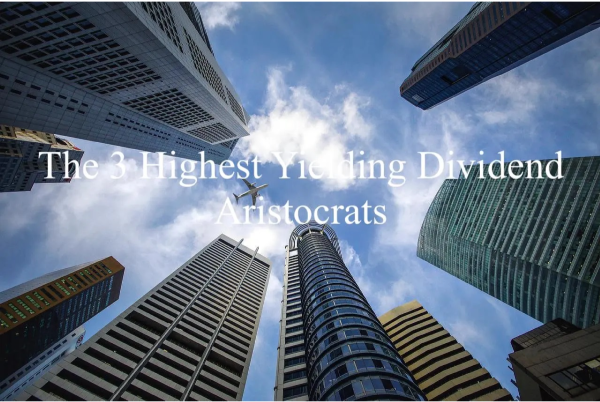

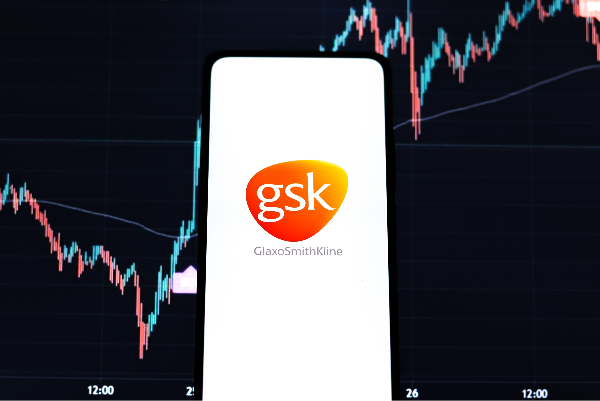
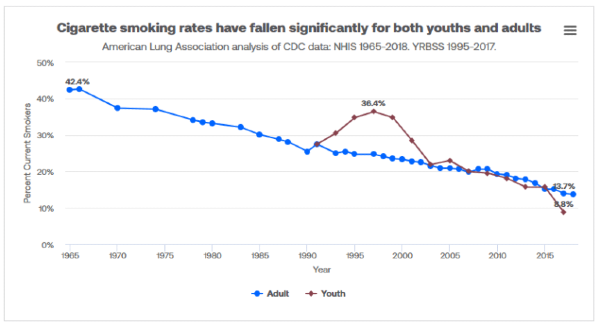



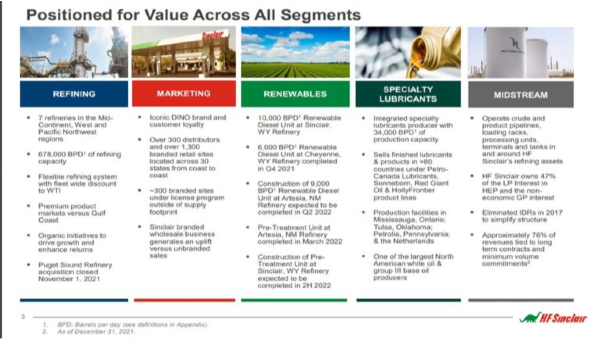
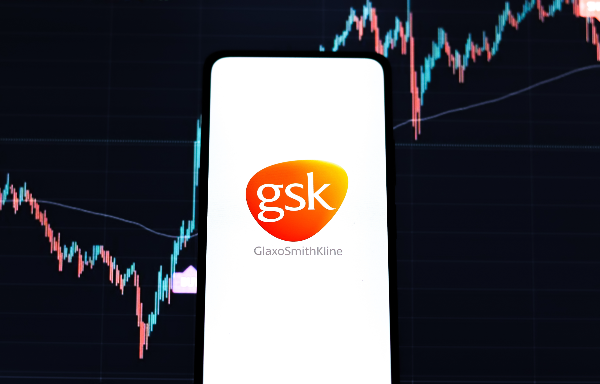



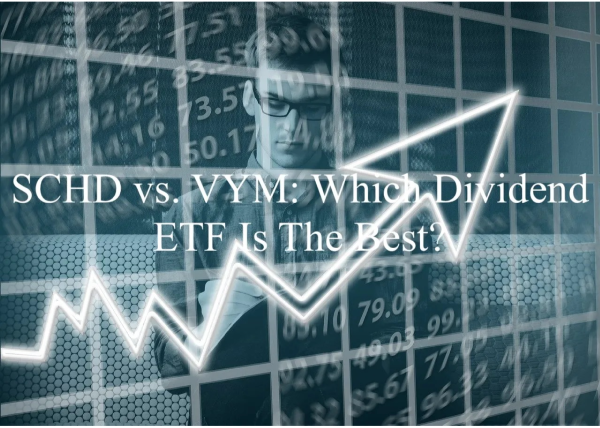
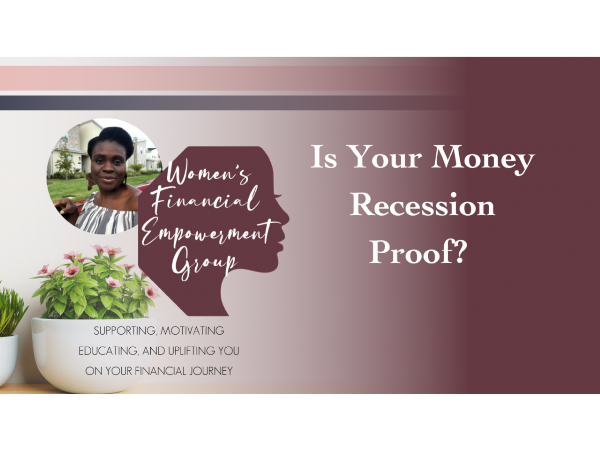

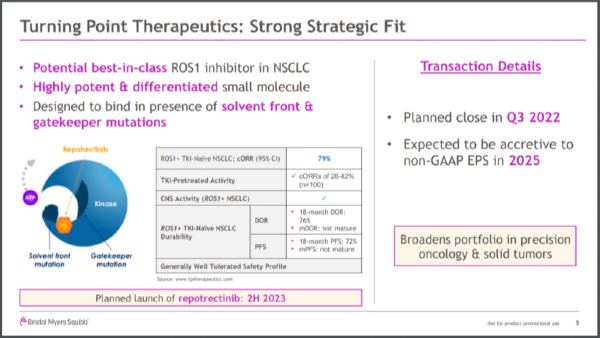
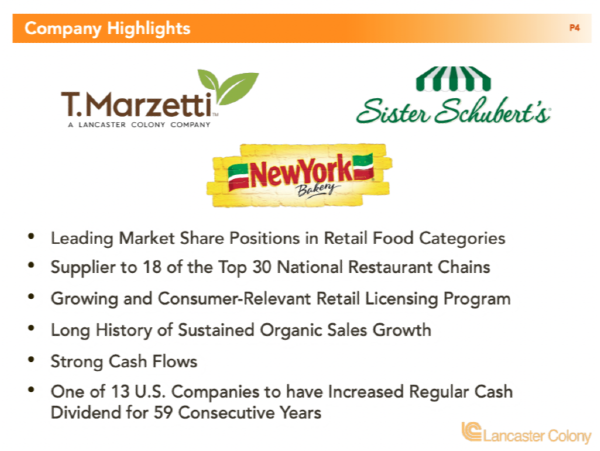



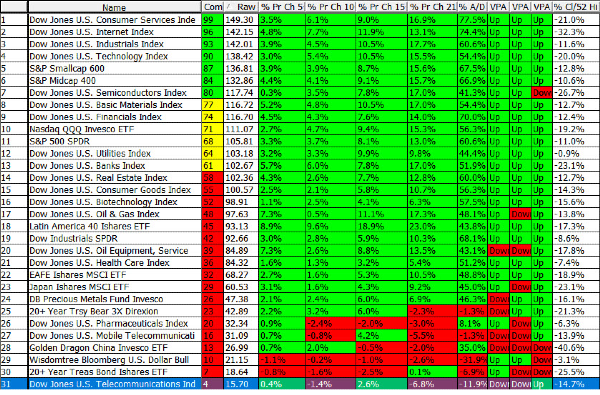









Investors that want reliable income and ongoing dividend increases to offset inflation may be very interested in the Dividend Aristocrats. That group of stocks has raised their dividend for at least 25 years in a row. That means that investors have received dividend payout increases during all kinds of market and macro environments, including during crises like the Great Recession and the COVID-19 pandemic. Not all Dividend Aristocrats offer high dividend yields, however. Some companies provide small yields, whereas others offer hefty payouts. In this article, we’ll look at the three highest yielding Dividend Aristocrats that investors following a dividend growth strategy can choose from right now.
Affiliate
If you are interested in investing in stocks that pay dividends I recommend signing up for the Sure Dividend Newsletter* . It is a good value and one of the best dividend stock newsletters available. There is a 7-day free trial and grace period so it is risk free. The service provides top 10 stock picks each month with discussion of advantages, valuation, and risks. I highly recommend them and use their insights for my own stock research.
3 Highest Yielding Dividend Aristocrats
1: International Business Machines
International Business Machines (IBM) is a tech company with a long history. One of the first major tech companies, it has changed its business model over time. Today, IBM mainly generates revenues via software offerings, consulting services, and infrastructure business, whereas consumer hardware is no longer a vital contributor to the company’s revenue and profit.
IBM isn’t the fastest-growing tech company in the world, far from it. But IBM generates sizeable cash flows from its business, which allows IBM to pay one of the highest dividends in the tech industry. On top of that, IBM has raised its dividend for more than two decades. So even during the dot.com bubble pop, IBM’s investors benefitted from rising dividends.
Today, according to Portfolio Insight* , IBM offers a dividend yield of ~4.8%. With a high dividend yield, not much share price appreciation is needed to make IBM a solid longer-term investment. Not surprisingly, IBM’s dividend payout ratio isn’t very low — after all, a dividend yield of 5% wouldn’t be possible with a low dividend payout ratio. But based on forecasted earnings-per-share for the current year, IBM’s dividend payout ratio in the high-60s isn’t dramatically high, either.
Source: Portfolio Insight*
We believe there is a low risk that IBM will cut its dividend, as it seems quite sustainable at the current level. IBM will generate around $10 billion in free cash flow this year, which means that the cash payout ratio is around 60%. Again, that seems entirely sustainable, as IBM will have surplus free cash flows of approximately $4 billion after paying its dividend that can be used for other purposes, such as debt reduction or share buybacks.
IBM isn’t an expensive stock when trading at a multiple of 12X of this year’s forecasted free cash flow. But shares are trading closer to the 52-week high than the 52-week low, which means that a better time to buy might materialize in the future.
2: Walgreens Boots Alliance
Walgreens Boots Alliance (WBA) is a leading pharmacy retail company that operates around 9,000 stores in the U.S. and another 4,000 stores in international markets, such as Mexico and the U.K.
Walgreens has raised its dividend for 46 years in a row, giving it an exceptional dividend growth track record. The company’s dividend growth rate averaged 5% over the last five years, which isn’t outstanding but very solid. At current prices, Walgreens Boots Alliance offers a dividend yield of 5.0%. Thus, one could assume that Walgreens Boots Alliance will deliver total returns in the 10% range in the long run, as long as the company can maintain its dividend growth rate at the current level and before factoring in potential changes in its valuation.
Source: Portfolio Insight*
Based on this year’s expected earnings-per-share, the dividend payout ratio is far from high, at around 40%. That means that there is a pretty slim risk that Walgreens Boots Alliance will cut its dividend in the foreseeable future. Moreover, the fact that the company was able to keep its dividend growing through all types of crises in the past further underlines the low dividend cut risk.
Pharmacy sales also aren’t very dependent on economic growth, as consumers need medicine in good times and bad times, which means that Walgreens Boots Alliance’s recession vulnerability is low. In addition, at just 8X this year’s expected net profit, Walgreens Boots Alliance trades at a pretty inexpensive valuation, further limiting risks.
Walgreens Boots Alliance (WBA) – An Undervalued Dividend Aristocrat
3: V.F. Corporation
V.F. Corporation (VFC) is an apparel and footwear products company that operates under three segments: Outdoor, Active, and Work. Those are higher-growth categories in the overall apparel space, which is why V.F. Corporation has generated above-average growth in the past.
The company has offered ultra-reliable dividend growth to its owners, having increased the dividend for 49 years in a row. This fact means that V.F. Corporation will most likely turn into a Dividend King over the next year. At current prices, its dividend yields 4.3%, around 2.5X the broad market’s yield.
V.F. Corporation is forecasted to earn around $3.10 per share this year, which means that its dividend of $2.00 per year is covered at a 1.55X rate. In other words, V.F. Corporation is paying out around 65% of its profits in the form of dividends. That’s not an especially low payout ratio, but it’s not high enough to make us worry about a dividend cut.
In fact, V.F. Corporation is forecasted to see its earnings-per-share grow to more than $3.40 next year and to $3.80 in 2024, which should improve its dividend coverage rate. Even when V.F. Corporation makes another dividend increase of 5%, in line with the average over the last five years, in the next two years, its dividend payout ratio would drop to below 60% if the company manages to hit the current earnings-per-share forecasts from the analyst community.
V.F. Corporation has a solid total return outlook between a 4%+ dividend yield and a 5% dividend growth rate. At current prices, the company is trading for 15X this year’s expected net profit, which doesn’t seem too high at all.
Source: Portfolio Insight*
In fact, we believe there is upside potential for V.F. Corporation’s shares towards an earnings multiple of 19X, as that would be more in line with the historical average. Moreover, based on the company’s long and reliable dividend track record, a high-teens earnings multiple also does not seem unjustified. Multiple expansion tailwinds could thus add further to the company’s total returns over the coming years, making V.F. Corporation even more attractive.
V.F. Coroporation (VFC) – Undervalued Dividend Aristocrat
Final Thoughts on the 3 Highest Yielding Dividend Aristocrats
Investors seeking high yields and dividend growth should look at these three stocks. The three highest yielding Dividend Aristocrats in 2021: Exxon Mobil (XOM), Chevron (CVX), and AbbVie (ABBV) all reverted to the mean with solid total returns. Although, the stocks identified today may not perform as well, they still have excellent dividend yield to generate passive income streams.
Thanks for reading the 3 Highest Yielding Dividend Aristocrats!
Disclosure: Members of the Sure Dividend team are long IBM, WBA, and VFC.
Author Bio: Written by Jonathon Weber for Sure Dividend.
*This post contains affiliate links meaning that I earn a commission for any purchases that you make at the Affiliates website through these links. This will not incur additional costs for you. Please read my disclosure for more information.
Originally Posted on dividendpower.org